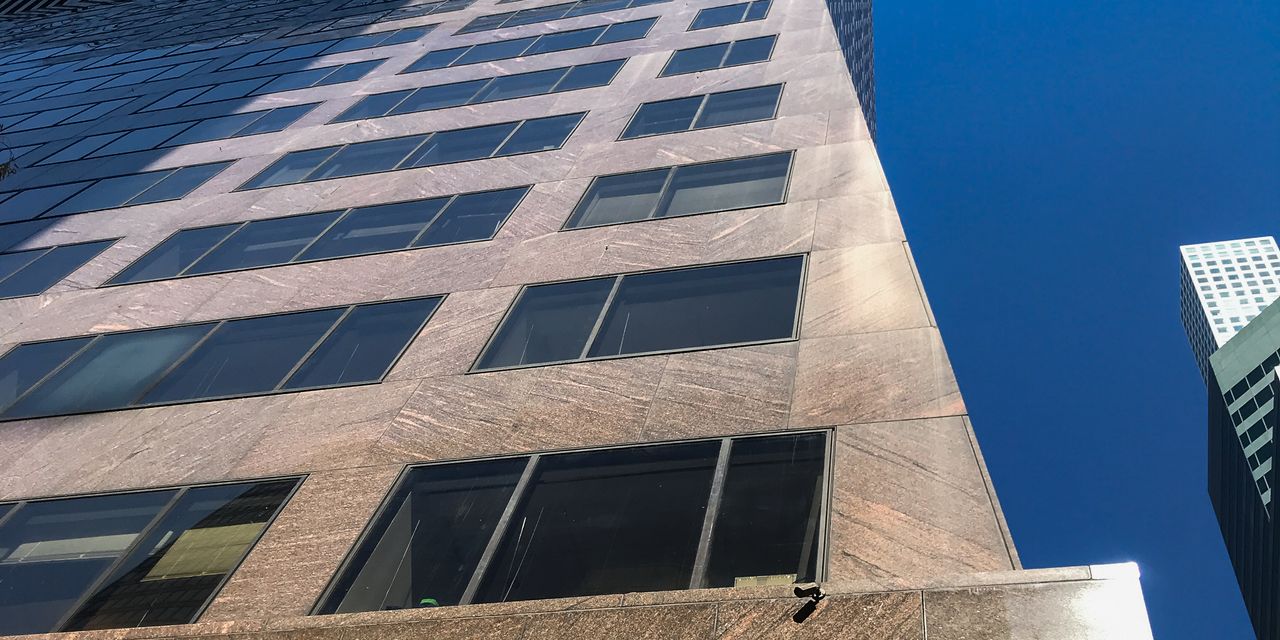
The Tell: ‘Green shoots are returning’: Jefferies weighs in on world of roughly 5% risk-free rate
Getty ImagesFor more than a year, financial-market players struggled to envision how high U.S. interest rates would need to go to curb persistent inflation, leading to a drying-up of transaction activity. Now, the U.S. is settling into an environment of a roughly 5% risk-free rate, give or take half of a percentage point — the interest level which everyone can earn on their cash. That’s led to a thaw in the previously “frozen” capital formation that had buyers and sellers less willing to engage, according to Chief Executive Rich Handler and President Brian Friedman of Jefferies Financial Group JEF. Handler is one of Wall Street’s longest-serving CEOs and Jefferies is one of two dozen primary dealers which trade directly with the New York Federal Reserve.Uncertainty over how high interest rates would ultimately need to go starting from almost zero, where they were held between March 2020 and early 2022, made it harder to accurately value everything from venture capital and private equity to growth stocks and high-yield bonds, along with merger and acquisition candidates, Handler and Friedman said in a note released this week. Earlier this year, “some very early green shoots” emerged “until the regional banking crisis, the failure of a large European bank, and the U.S. debt ceiling fiasco all served as weed killer.” Today, “green shoots are returning, and while nobody can be certain of the near-term outlook, we are cautiously optimistic,” the two executives wrote.“We (and our competitors) have begun executing successful block trades, staple financings for buyouts, debt deals, mergers/acquisitions and even successful IPOs,” they said as part of Jefferies’ Quarterly Insights report. “The buyside has begun looking for value across asset classes and sellers are finally beginning to engage at prices that can result in successful transactions. The risk-free rate is upon us, and thankfully we can now begin the much needed return to capital formation.”Jefferies’ note presents an interesting twist to the view which had once pervaded financial markets, in which high interest rates were supposed to lead to a higher likelihood of a U.S. recession. Jefferies is, instead, pointing to all the benefits coming from increased certainty that interest rates are nearing a plateau, albeit at the highest levels in more than 15 years.Handler and Friedman add one caveat, though. “We are not drawing a line in the sand by declaring that the Fed’s battle with inflation is finished and 5% +/- is the absolute final terminal risk-free rate of interest,” they said. “We are merely saying that we believe we are relatively close to the equilibrium point and if so, now what?”While the prior era of free money in the U.S. pushed investors further into risky assets and in search of elusive yields, Handler and Friedman said, the ability to settle into a consensus view on a risk-free rate of around 5% forces “more realistic price discovery for all investments” and “leads to the formation of a new base of realistic value that can be built upon over the longer term with the result being stronger companies, continued innovation and incremental value creation.” On Wednesday, investors and traders were awaiting the minutes of the Fed’s June 13-14 policy meeting for insights on policy makers’ decision to skip action and pencil in two more rate hikes for this year. All three major stock indexes DJIASPXCOMP were lower in morning trading, while most Treasury yields were slightly higher.
Market Pulse Stories are Rapid-fire, short news bursts on stocks and markets as they move. Visit MarketWatch.com for more information on this news.


